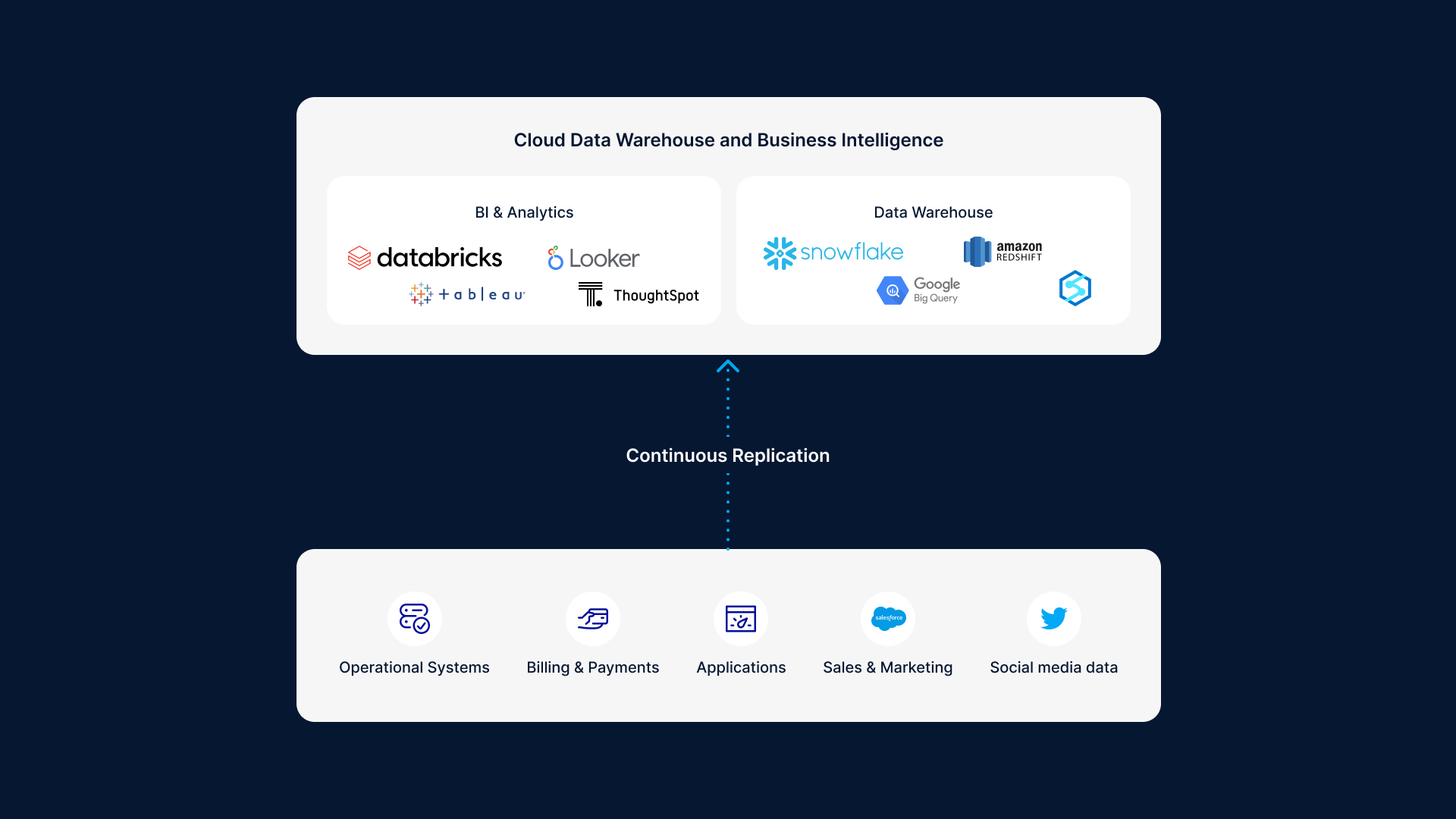The catalysts for change are as varied as they are unpredictable. What may be driving one vendor to pursue an opportunity may generate little interest among other vendors and what might be an adequate business model for participants in one marketplace may not be a model for others in the same marketplace. Take for instance the news that came out of Ford motor company just recently. According to a September 15, 2016, article in the Wall Street Journal (WSJ), “It wants investors to view the auto maker more like a Silicon Valley company.”
 Whenever there is disruption within an industry there is always a mad scramble as industry stalwarts play catch up. And this is definitely the situation at Ford. The company made this plea noted the WSJ, “promising lofty returns on future ventures while warning near term profit will be pinched by deep investment.” The root of Ford’s problem, the disruption to the industry it faces, and the catalyst for its change and subsequent plea? Rather than maintain its position as a car manufacturer it faces revolutionary forces that may lead to it upending its business model. As the WSJ reported, Ford “is scrambling to catch up with Uber Technologies, Inc., Alphabet Inc.’s Google, Tesla Motors Inc. and other nontraditional car companies ahead of Ford in electric-vehicle development, autonomous-vehicle testing and services allowing customer to share rides or cars.”
Whenever there is disruption within an industry there is always a mad scramble as industry stalwarts play catch up. And this is definitely the situation at Ford. The company made this plea noted the WSJ, “promising lofty returns on future ventures while warning near term profit will be pinched by deep investment.” The root of Ford’s problem, the disruption to the industry it faces, and the catalyst for its change and subsequent plea? Rather than maintain its position as a car manufacturer it faces revolutionary forces that may lead to it upending its business model. As the WSJ reported, Ford “is scrambling to catch up with Uber Technologies, Inc., Alphabet Inc.’s Google, Tesla Motors Inc. and other nontraditional car companies ahead of Ford in electric-vehicle development, autonomous-vehicle testing and services allowing customer to share rides or cars.”
I was reminded of this when a colleague asked me about Business Intelligence (BI) and why there seemed to be less and less references being made to BI of late. As vendors universally hype their latest ventures in support of Data Warehouses, Big Data, and Data Lakes Streams, it would seem that talk of BI has been pushed to one side. It’s as though there is now an assumption that all businesses have become more attuned to the intelligence that resides in the data they capture and that they have all cycled to more openly discussing Business Analytics (BA). While it is important to look back in time, what’s happening right now is much more important to businesses everywhere.
In a blog post of July 1, 2016, that I happened upon, Business Intelligence vs. Business Analytics: What’s The Difference? I couldn’t help but home in on the central premise – maintaining versus revolutionizing. Justin Heinze, the Managing Editor of BI Software Insight, gathered a number of commentaries on just such a difference. “Business Intelligence is needed to run the business while Business Analytics are needed to change the business,” said Pat Roche, Vice President of Engineering, Noetix Products, Magnitude Software. “BI is focused on creating operational efficiency through access to real time data enabling individuals to most effectively perform their job functions. BI also includes analysis of historical data from multiple sources enabling informed decision making as well as problem identification and resolution.”
On the other hand, Roche considers “Business Analytics relates to the exploration of historical data from many source systems through statistical analysis, quantitative analysis, data mining, predictive modeling and other technologies and techniques to identify trends and understand the information that can drive business change and support sustained successful business practices.” Just as informative is the response from Dipak Bhudia, Chief Product Architect, Clear Analytics. “Business Intelligence (BI) is essentially a noun, in that it is an umbrella term of the overall scope of acquiring, persisting, warehousing, analyzing and reporting insights along with everything else in its periphery. Business Analytics on the other hand is more of a verb, the act of discovering insights using any tooling or services at your disposal.”
Finally, the one comment that struck a chord with me, even if it only obliquely referenced automobiles, came from Mark van Rijmenam, CEO / Founder, BigData-Startups. “To me the difference between Business Intelligence is looking in the rearview mirror and using historical data from one minute ago to many years ago. Business Analytics is looking in front of you to see what is going to happen. This will help you anticipate in what’s coming, while BI will tell you what happened.”
Working with the team at Striim these past couple of years, I have come to realize the significance of observations such as BI is needed to run the business while BA are needed to change the business even as I am acutely aware that what’s behind me may not be quite as important as what is right in front of me, happening the instant I make the connection. The promise of Striim to combine both streaming data integration and streaming operational intelligence (yes, the two i’s in Striim) in a single platform thereby giving business the ability to perform analytics in real time and become more responsive to their ever-changing business environment.
While Ford acknowledges that it no longer can just maintain its business, stamping out new car after new car, but rather, it has to address more revolutionary factors impacting its ability to stay in business. Did this realization that dramatic change was in order come from deep dives into historical data or did it come about as it reacted to trends emerging in real time? While it’s hard to know for sure the processes involved the results speak for themselves – Ford’s insight most likely came from using every tool and service at its disposal and certainly, this included Business Analytics!













